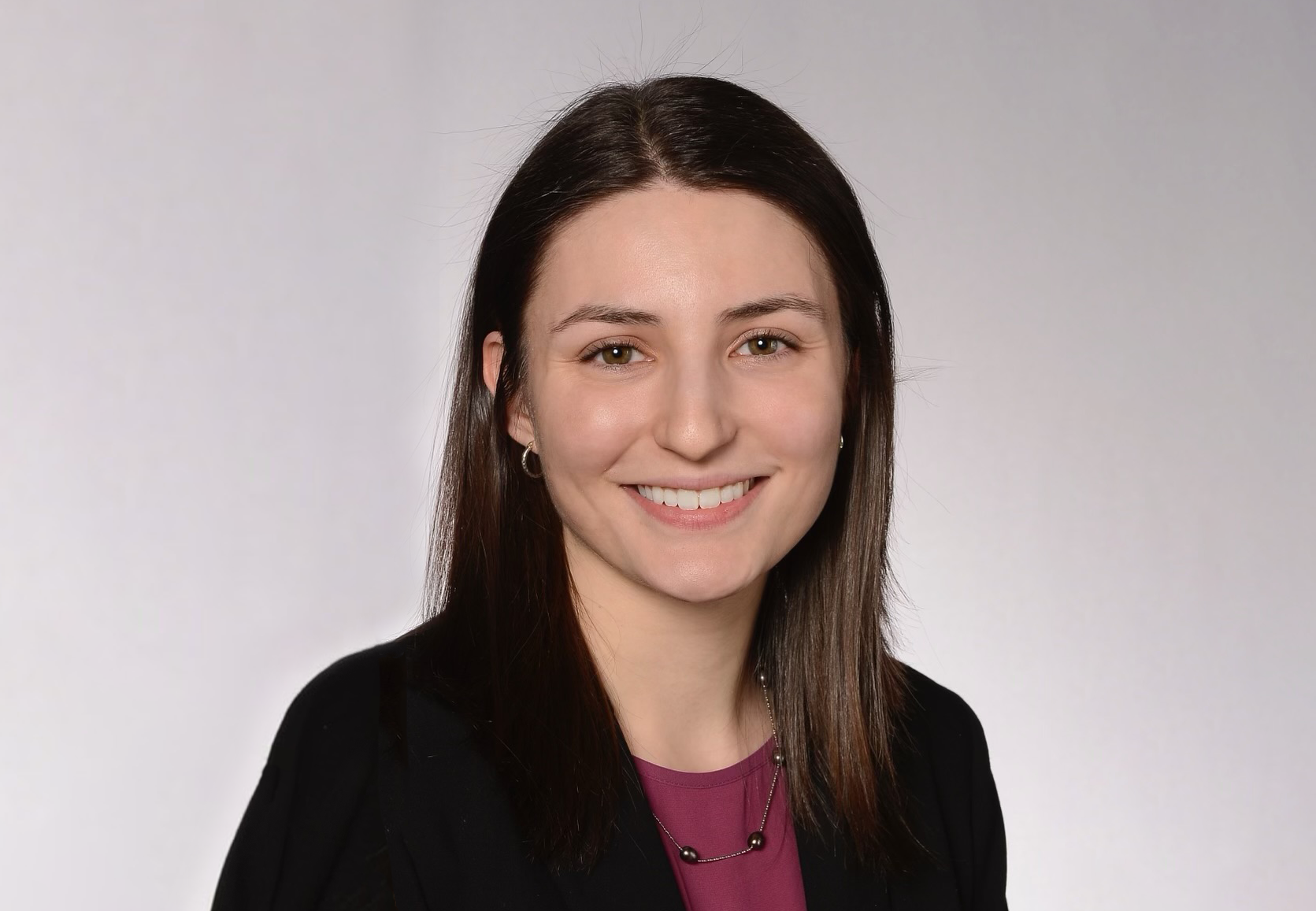
Study Redefines Cardiac Transplantation By Extending Heart Procurement Time
Despite a Waitlist of More Than 3,000 Patients, More than 50 Percent of Donor Hearts Go Unused

The growth in orthotopic heart transplantations in the U.S. is remarkable, reaching an impressive milestone of approximately 4,000 procedures in 2022. Yet beneath this triumph lies a critical challenge -- more than 50 percent of donor hearts are not utilized. A new study by New York Medical College (NYMC) students and faculty conducted at Westchester Medical Center (WMC), a major clinical affiliate of NYMC, unveils potential strategies to alter the current landscape of heart transplantation and save more lives.
“While advancements in surgery and postoperative care have greatly improved post-transplant outcomes, organ recovery methods have remained largely static, centering around cold organ storage,” said Vasiliki Gregory, SOM Class of 2025 and lead author on the study, which she recently presented at the 2024 Annual Meeting of the Society for Thoracic Surgeons. “Traditionally, the donor heart is transported in a cooler on ice, however, that limits transport to about four hours, inherently restricting the geographical range for donor-recipient matching and the pool of eligible recipients.”
For the study, Gregory, under the guidance of her mentor, Suguru Ohira, M.D., Ph.D., clinical associate professor of surgery, and Ameesh Isath, M.D., WMC cardiovascular disease fellow, analyzed transplants performed at WMC using traditional cold storage versus using the Organ Care System (OCS), comparing transport and clinical outcomes. Developed by Transmedics, OCS is an emerging innovation that enables blood perfusion during the transport process from the donor to the recipient. Sometimes referred to as the “beating heart in a box,” the technology has demonstrated the potential to increase the viability window for transporting donor hearts.
Using OCS, donor heart transport averaged 624 miles, whereas cold storage transport averaged 153 miles. Additionally, organ preservation time averaged 6.2 hours using OCS but only 1.4 hours with cold storage. The longest transport time on the device was just under seven hours, from Tampa, Florida, and there was a 100 percent utilization rate with no organ transported on OCS discarded. These findings come alongside comparable clinical outcomes, including similar one-year survival rates and low incidence of organ dysfunction after transplant.
“These results potentially open up the pool of available organs to encompass a much wider group of recipients,” said Gregory, who aspires to a career in cardiothoracic surgery. “The chance to increase the accessibility and number of organs available is critical as emerging data estimates that one in four people will develop heart failure in their lifetime. Heart failure is a condition that crosses racial, gender, and socioeconomic lines to affect all populations with increasing prevalence, and it is vital to me to fight for these patients and to help give them a new lease on life.”
Additional NYMC researchers on the project included Gregg Lanier, M.D., associate professor of medicine; Stephen Pan, M.D., M.S., clinical assistant professor of medicine; Chhaya Aggarwal, M.D., assistant professor of medicine; Guy Elgar, SOM Class of 2025; Kevin Wolfe, Ph.D., assistant professor of surgery; Alan Gass, M.D., professor of medicine; David Spielvogel, M.D., professor of surgery; and Masashi Kai, M.D., clinical associate professor of surgery.

